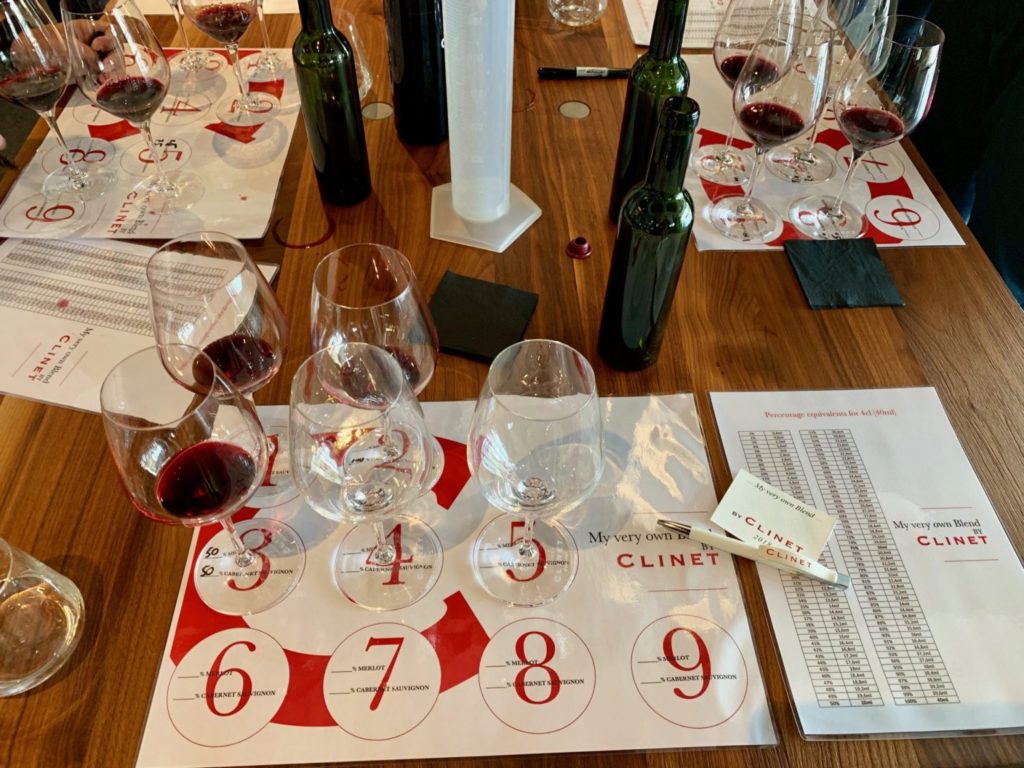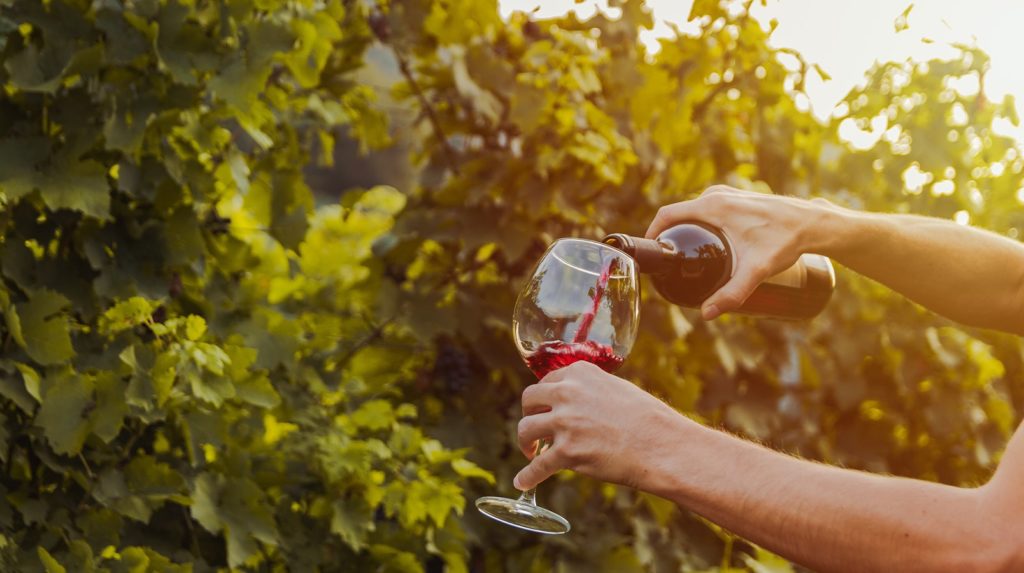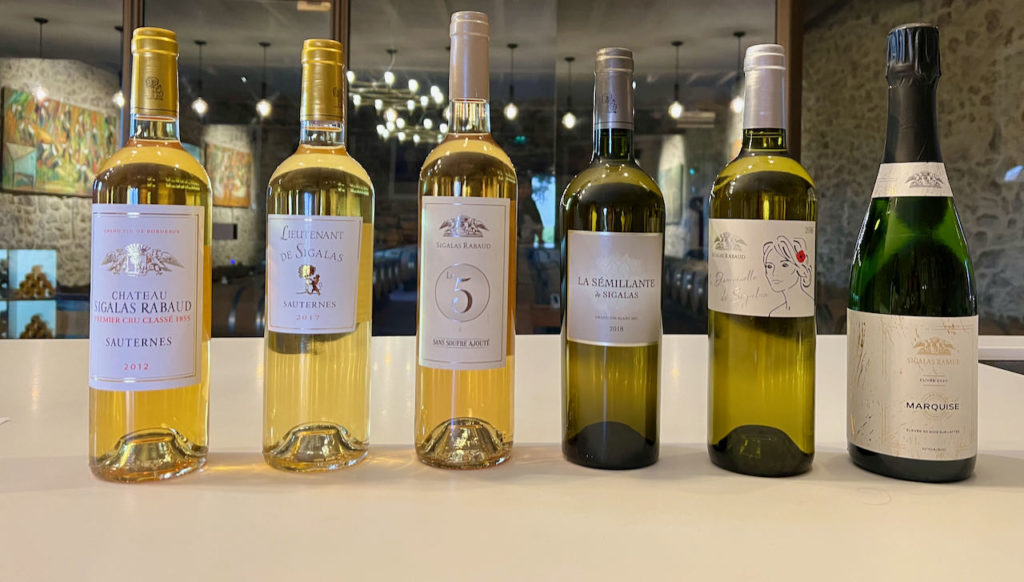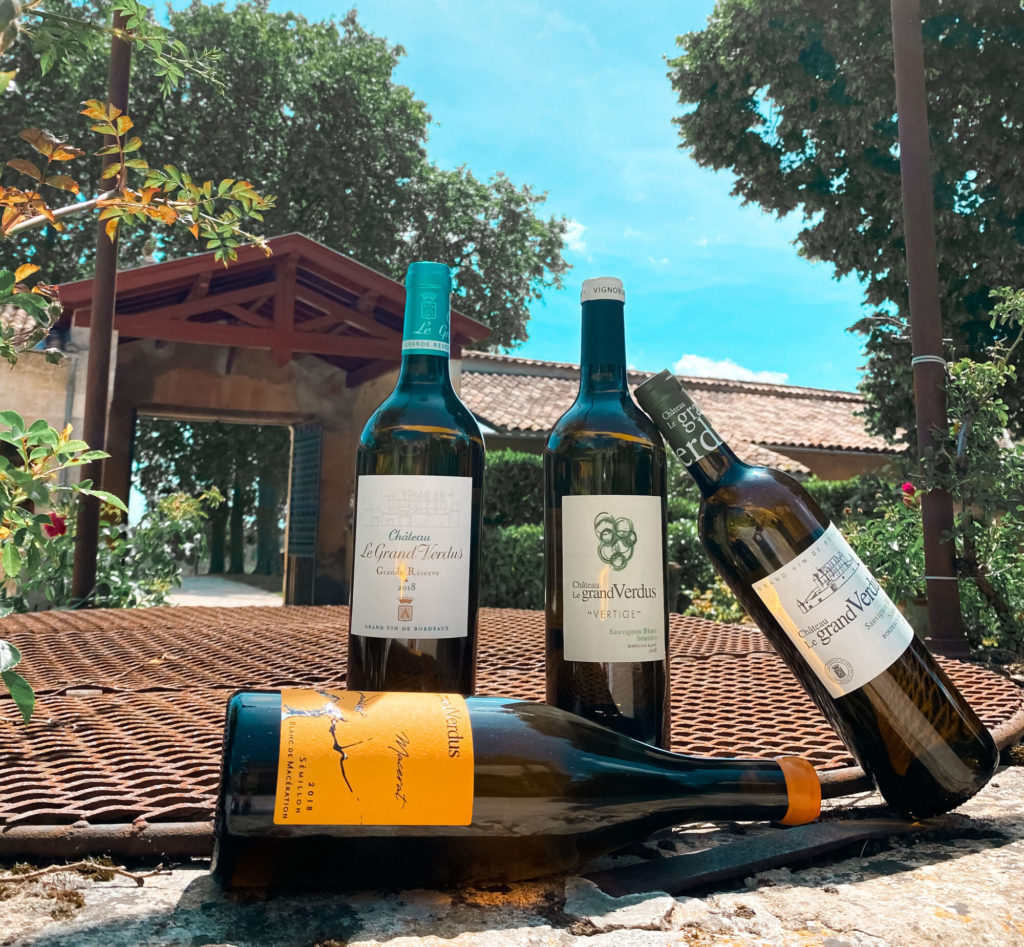Red and white blends
Bordeaux is known for its Cabernet Sauvignon driven blends. But although red grape varieties dominate Bordeaux (89%), it’s Merlot dominates (almost 70% of red plantings), followed by Cabernet Sauvignon and Franc. Letting only 3% left for Petit Verdot, Malbec and Carmenère.

The whites are more evenly balanced between Sémillon and Sauvignon (blanc and increasingly gris). With a small amount of Muscadelle and again just 3% left for the harder to find Merlot Blanc, Colombard and Ugni blanc.
Why blend?
Each grape variety has a different aromatic and taste profile. Bringing them together creates something greater than the sum of their parts. Elegance and complexity are the characteristics growers are looking for.

This large wine region has a diversity of terroirs, and in the temperate and humid climate of Bordeaux the notion of terroir and its interaction with microclimate is key to choosing which variety to plant. Traditionally, left bank wines see a larger percentage of cabernet in their blends, thanks to gravel based soils where the variety thrives. Whereas the cooler clay and limestone soils of the right bank are dominated by Merlot.
In most years, Cabernet Sauvignon will struggle to flourish on cooler clay soils, and Merlot will lose its freshness on warmer gravel.
Mother Nature offers new climate challenges each year. Grapes and plots they are planted on respond differently to these. Blending allows winemakers to subtly mitigate the effects of climate change. Every vintage is a new blending adventure.
What’s New?
Traditionally Bordeaux AOC wines are limited to six main red grape varieties and up to eight white grape varieties. Already offering growers a catalogue of grape varieties with different growing cycles and ripeness spread over time.
This Bordeaux blend has been in the news recently with ‘new’ grape varieties being introduced in June 2019, on an experimental basis. Four red grape varieties: Arinarnoa, Castets, Marselan and Touriga Nacional and two white grape varieties: Alvarinho and Liliorila.
Currently only available to the Bordeaux and Bordeaux Supérieur appellations, it’s a working experiment to see how they respond to warmer and drier summers. For the moment, AOC growers are limited to planting just 5% of their vineyards with these varieties. They must represent no more than 10% of the final blend for each colour.
A new look at an old variety
Blending is not an obligation, but some Bordeaux appellations specify a minimum and maximum of certain varieties. It is easier to find single varietals in white than in red. Mainly Sauvignon Blanc, but there are more 100% Semillon wines now. Especially in the Sauternes region where Semillon is the signature of their sweet white wines. It is now increasingly picked earlier for stunning dry whites.

Best Of Wine Tourism winner Château Sigalas Rabaud has three very different expressions of 100% Semillon. Laure de Lambert Compeyrot, the sixth generation of the family at the helm of the property is a champion of the dry white wines of Sauternes. In 2013, she released La Sémillante de Sigalas a 100% dry Sémillon. Now, Laure has taken the audacious step of pushing the expression of her favourite grape variety even further. In fact, she created a sparkling 100% dry Sémillon. The first cuvée of La Marquise, just released is the 2020.
I recommend sipping it on the terrace of the chateau. Actually, I recommend visiting Château Sigalas Rabaud for a tasting of all her wines. Six very different expressions of Sémillon; dry, semi-sweet, sweet, botrytised and now sparkling. It’s a masterclass in the expression of Sémillon, an often overlooked ancient Bordeaux variety, now coming back into its own.
Lucky visitors can even stay the night in the beautifully renovated guest rooms of the property, winner of the Gold Best Of wine Tourism for accommodation in 2022.

And if you think Bordeaux wine style is classic, Château Le Grand Verdus will prove you wrong ! This 2023 Best Of Wine Tourism winner is producing an orange wine. A 100% semillon skin contact wine classified as “vin de France”. A non-oxydative style, powerful and very pure, with a lovely delicate tannin and light bitterness !
Highly recommended with a French (of course) cheese platter !
by Wendy Narby, Insider Tasting, for Great Wine Capitals